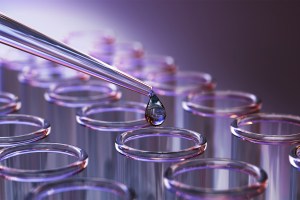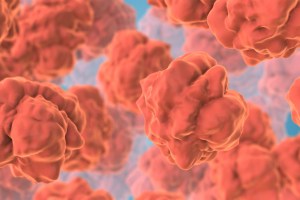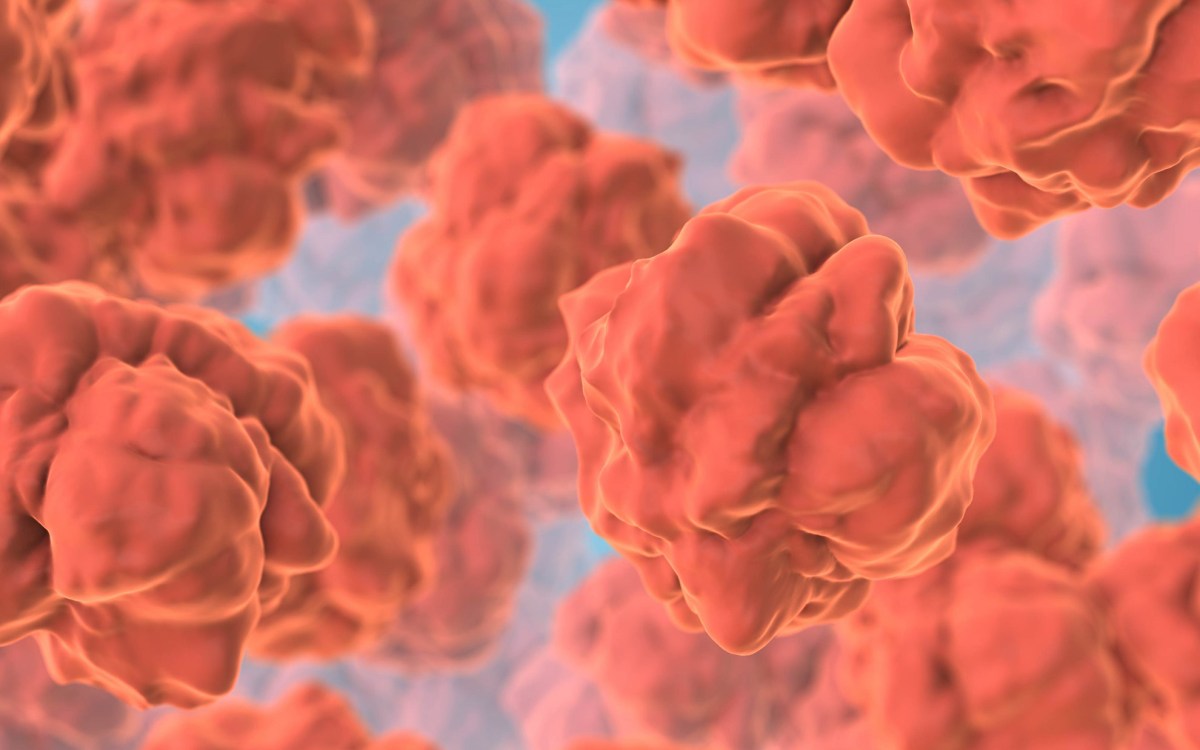Major progress toward cell reprogramming; researchers approach key goal of biologists
Two Harvard Stem Cell Institute (HSCI) researchers and scientists at Whitehead Institute and Japan’s Kyoto University have independently taken major steps toward discovering ways to reprogram cells in order to direct their development – a key goal in developmental biology and regenerative medicine.
Additionally, the group led by Kevin Eggan, an HSCI principal faculty member – whose study is featured on the cover of the latest issue of the journal Nature – has disproved a long-held view of developmental biologists by demonstrating in mice that it is possible to use previously fertilized ova to produce disease-specific stem cell lines using somatic cell nuclear transfer (SCNT) – commonly referred to as therapeutic cloning.
For almost three decades it has been a given in developmental biology that only unfertilized ova could be used to do SCNT, and difficulty in obtaining fresh ova has brought that work to a standstill. “Now we’re able to do an experiment a week, where we hadn’t been able to do a single experiment for a year,” Eggan said.
In another approach to the problem of reprogramming cells, groups led by Kyoto’s Shinya Yamanaka, Rudolph Jaenisch of the Whitehead, and Konrad Hochedlinger of HSCI and Massachusetts General Hospital’s Center for Regenerative Medicine report the use of four genes to transform an adult cell into a cell with the properties of an embryonic stem cell – replicating and expanding upon seminal work published last year by Yamanaka. The Jaenisch and Yamanaka papers are being published in Nature; Hochedlinger’s is in the inaugural issue of Cell Stem Cell.
HSCI co-director Doug Melton hailed the work, saying, “These new studies, done with mouse cells, point the way to experiments that can be tried with human cells and represent some of the most exciting work in stem cell biology and genetic reprogramming.”
Commenting on Eggan and Hochedlinger’s work, Melton, the Thomas Dudley Cabot Professor of the Natural Sciences in Harvard’s Faculty of Arts and Sciences, said, “These exciting papers both address an important issue in developmental biology, namely, how can we change – or reprogram – a cell, turning it ‘back’ to a more embryonic state with a greater potential? The promise of both approaches is the possibility that we will be able to create embryonic stem cells from patients, and use those cells to study the root causes of degenerative diseases.”
While all four reports are expected to cause enormous excitement in the stem cell and research communities, to a person the researchers are cautioning that thus far their studies have been conducted using mouse cells and mice, and there is no way to know whether they will translate precisely – if at all – to humans.
“You can really turn back the clock from adult to embryonic” cells, said HSCI’s Hochedlinger, whose laboratory is at the Center for Regenerative Medicine at Massachusetts General Hospital. He cautioned, however, that “The limitations are we don’t know whether this reprogramming would work in humans; if it works, would it be the same factors, or are there different factors?” Success in humans, he said, would be “much more difficult to achieve than in mice.”
Further, all three teams followed Yamanaka’s finding of last year by using retroviruses to introduce the necessary genetic factors into the target cells – and retroviruses are known to randomly turn on cancer genes. Thus, not only will scientists have to identify the factors that can reset the developmental clock in human cells – if there are such factors – but they will also need to find a different way to get those factors into cells, which may prove to be a daunting task.
Eggan described his group’s study as “a good example of how things can change so quickly in a field.” He said that he and Dieter Egli, the study’s lead author and a postdoctoral fellow in Eggan’s lab, were “looking at a poster presentation at a meeting in Toronto and something just clicked – ‘Why,’ we asked, ‘does everyone think we need unfertilized eggs to do SCNT?’” That belief, he points out, was based on a very small number of experiments.
Although Eggan and Melton received Harvard approvals a year ago to proceed with experiments using SCNT to produce stem cell lines containing the chromosomes of patients with diabetes and Parkinson’s disease, they were prevented for an entire year from conducting any experiments because of a lack of ova donors. “I don’t think it should be surprising that we don’t have any donors,” says Eggan. “Although the law in Massachusetts is broadly supportive of stem cell work, there is a real double standard – a woman can donate her ova to help another woman get pregnant, but she can’t undergo the exact same procedure for potentially lifesaving research and be compensated. So it was our desperation over the lack of ova donors that made us ignore 25 years of developmental biology and look for another solution.”
The solution, the Eggan group found, is to remove the chromosomes from the fertilized egg – and replace them with the chromosomes from the donor cell – just at the point when the cell is about to divide for the first time.
In past experiments, researchers had removed the intact nucleus, which may have contained factors necessary for the reprogramming of the cell, and thus those previous attempts at reprogramming failed. But by removing the chromosomes and not the nucleus, Eggan, Egli, and colleagues were able to reprogram cells that produced embryonic stem cells containing the genetic material of the donor cells.
Eggan estimates that there is a substantial number of fertilized ova, or single-cell zygotes, in storage in fertility clinics, and has received all necessary approvals from Harvard Institutional Review Boards to begin experiments using them. While he has yet to have a single ova donation, Eggan said there are already couples donating frozen zygotes for research.





